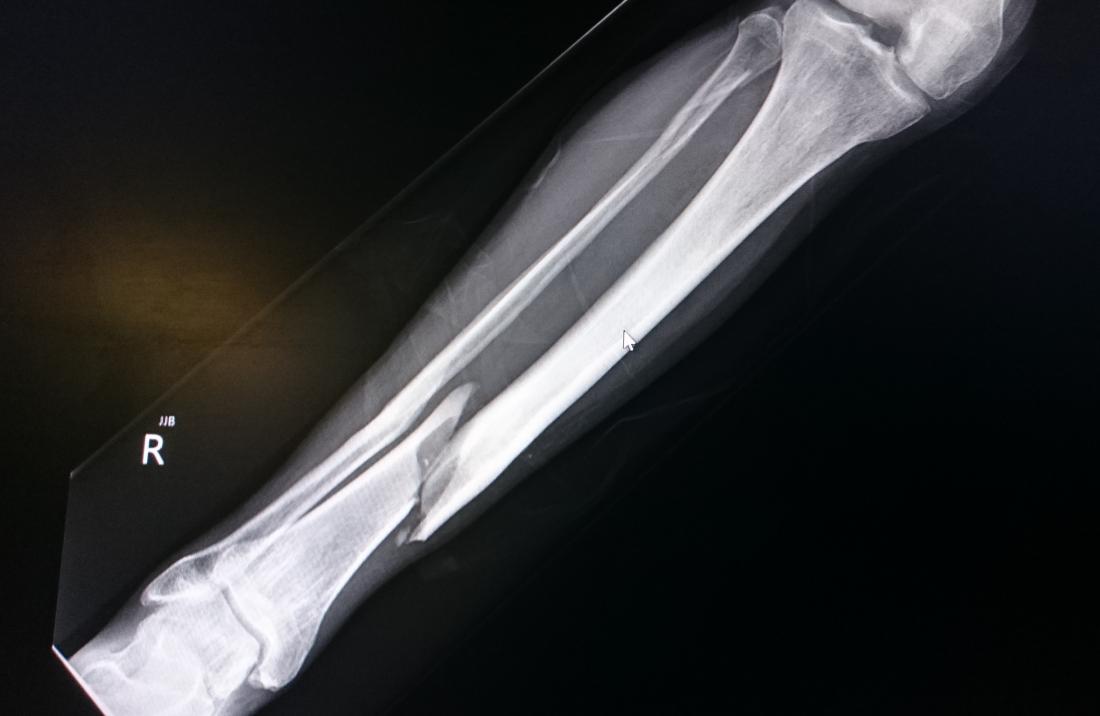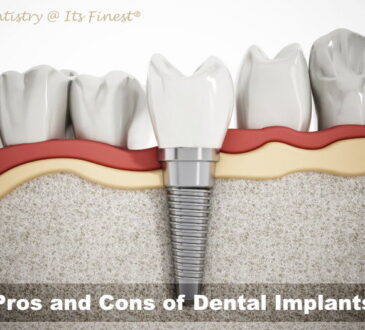
Fractures may result from falls, vehicle accidents, sporting injuries, and conditions such as cancers and osteoporosis that make bones break more easily.
Did you know that the mRNA approach boosts bone regeneration and can support the healing process of a fracture? If you explore the history of mRNA vaccines, you will realize that messenger RNA technology may be helpful in the treatment of fractures without side effects. However, doctors take other approaches, such as surgery to repair fractures.
Fractures may cause severe complications: for instance, a pelvic fracture impairs the digestive system by perforating the intestines.
Fracture repairs should be treated as a matter of urgency lest the patient suffers delayed union.
What Is Fracture Repair?
Also known as internal fixation (ORIF) surgery or open reduction, fracture repair is the ideal treatment for fractures that wear a cast cannot heal. It is a surgical procedure that fixes broken bones using pins, rods, plates, and metal screws to keep the fractured bone in place.
What Are the Reasons Why Your Doctor May Recommend Fracture Repair?
Your doctor may recommend a fracture repair when the broken bone fails to heal correctly after splinting or casting.
The treatment may also be recommended depending on the kind of fracture you have. For instance, compound fractures where the bones are sticking out through the skin can only be corrected through a fracture repair.
Fractures of the joints such as ankles may also require surgery.
What Is Done During the Procedure of Fracture Repair?
The procedure usually takes several hours, and the general surgeon administers general anesthesia to put the patient to sleep during the surgery. The surgeon will use local anesthesia to numb the affected area in other cases.
- An incision is made on the affected area if screws and plates are used. The doctor may also create an incision at the end of a long bone where a rod is to be utilized to stabilize and fix the fracture.
- Once a fractured bone is set in place, the doctor will use crews, rods, pins, and plates to secure it. Note that these tools could be temporary or permanent.
- Some patients may also require a bone graft if the bone shattered into fragments during the injury.
- The specialist may also need to fix blood vessels damaged during the injury. The surgeon stitches the incision and puts the injured limb on a cast to finalize the repair.
How Long Does It Take to Recover, and Do You Have to Change Your Lifestyle After Fracture Repair?
The expected recovery time after the surgery is usually six to eight weeks. Still, your surgeon will inform you of the anticipated recovery period as it also depends on the type of fracture. Eventually, you should be able to resume normal function.
Your doctor may also recommend a lifestyle change, especially with nutrition. Maintaining a well-balanced diet including proteins, Vitamin D, Cand K is critical to effective healing.
The doctor will also recommend against smoking, which hinders adequate blood flow and slows down healing.





